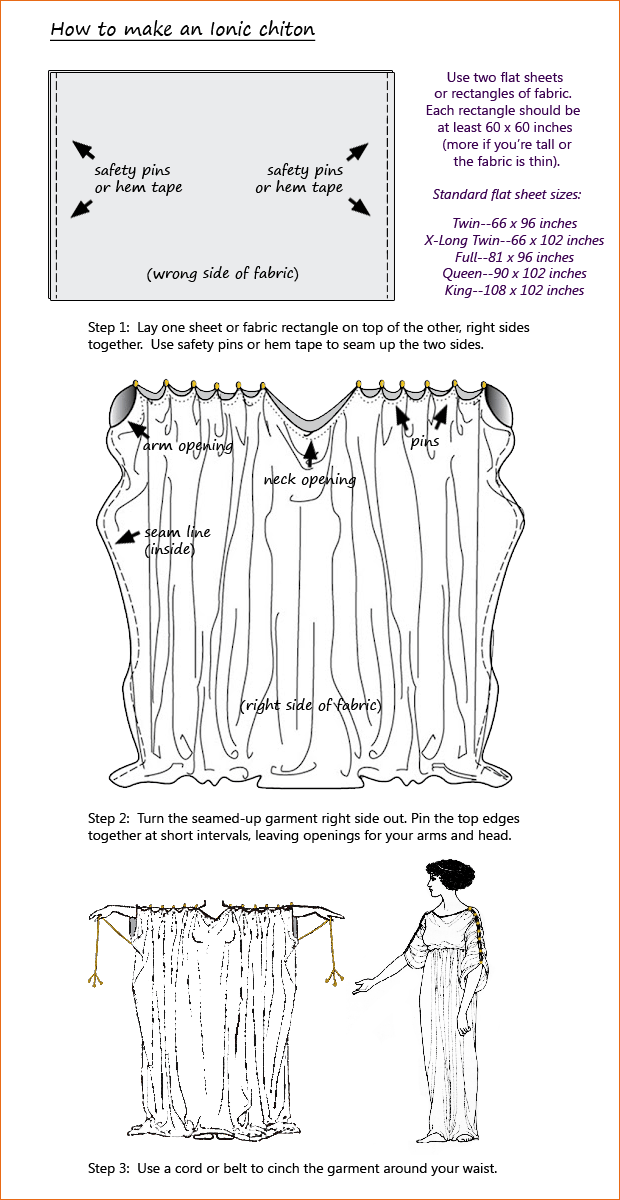This is Simona's set, made of teal glass beads, cream-colored glass pearls, brass stamped fittings, and 22mm gold-colored copper wire.
The wire links in the necklace chain were made by me, as well, taking cues from both Ragnvaeig's wire link tutorial and from extant examples of Byzantine and Roman jewelry.
And this is the set I made for myself, using glass flower-shaped beads, green glass beads (which were too fake-looking a green color, so I donned a pair of gloves and smeared my palms with gold nail polish, then rubbed the beads between my hands - it toned down the color on the beads and made them look more handmade), natural freshwater pearls, and 22mm gold-colored copper wire.
Whee!
The centerpiece of the necklace is a pale green octohedral Fluorite crystal (which is the way most crystalline Fluorite grows), with one point broken off - which makes it perfect for hanging from a necklace. It's lived in many necklaces over the years since I bought at at a local rock show. Madylyne trivia: I've always been a mineral collector, and Fluorite is my favorite.
The clasp in the back is made of a single piece of wire, bent in half, twisted together, with the "loose" ends looped around to form the ring that joins the beaded link next to. The hook goes through the end of the opposite link to close the necklace. Even though 22mm copper wire is pretty flexible, doubling it and then twisting it makes it nice and sturdy.
Tada.
.

.jpg)
.jpg)
.jpg)
.jpg)
.jpg)
.jpg)
.jpg)
.jpg)
.jpg)











